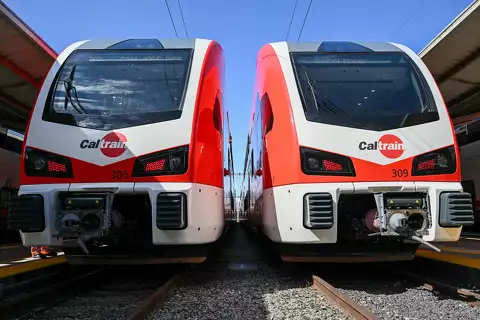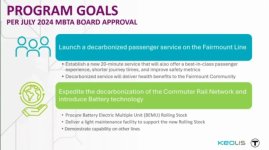TheRatmeister
Senior Member
- Joined
- Sep 23, 2023
- Messages
- 1,294
- Reaction score
- 2,483
If you're willing to accept a flat junction and lefthand running for local trains, relatively easy actually. Two island platforms at Readville, roughly in the current location, with the tracks from West to East being:I'm not sure how possible reprofiling the Franklin Line to begin its incline after is but leveling the platform to be alongside the main NEC as well as double tracking/platforms would better facilitate transfers with regional rail and there could be a center island between NEC #3 and what would be Franklin Branch #2.
Franklin & Providence Local Inbound | Franklin and Providence local outbound | Providence Express Outbound | Providence Express Outbound
You'd likely want a crossover somewhere on the Franklin Line to get things the right way around, but the gradient would be super easy since the Franklin line has almost a mile to decent to level of the NEC. This sets up a quad-tracking all the way to Forest Hills, with a rebuilt Hyde Park serving only the local tracks, and a new infill station at Cummins Hwy also only serving local trains.
If Quincy really doesn't want to play ball with a widening of the OC trunk, then this would be an option. That being said, it certainly seems like you could do a similar thing at Braintree, and if we're picking one station to rebuilt garage-less, I think Braintree is the better choice.but I was also thinking about a rebuilt Quincy Adams with 3 tracks 2 platforms for regional rail via realigning Burgin Parkway a little and shifting over the Red Line tracks in the ROW south though I don't know what's the plan with the former Lowe's lot.



